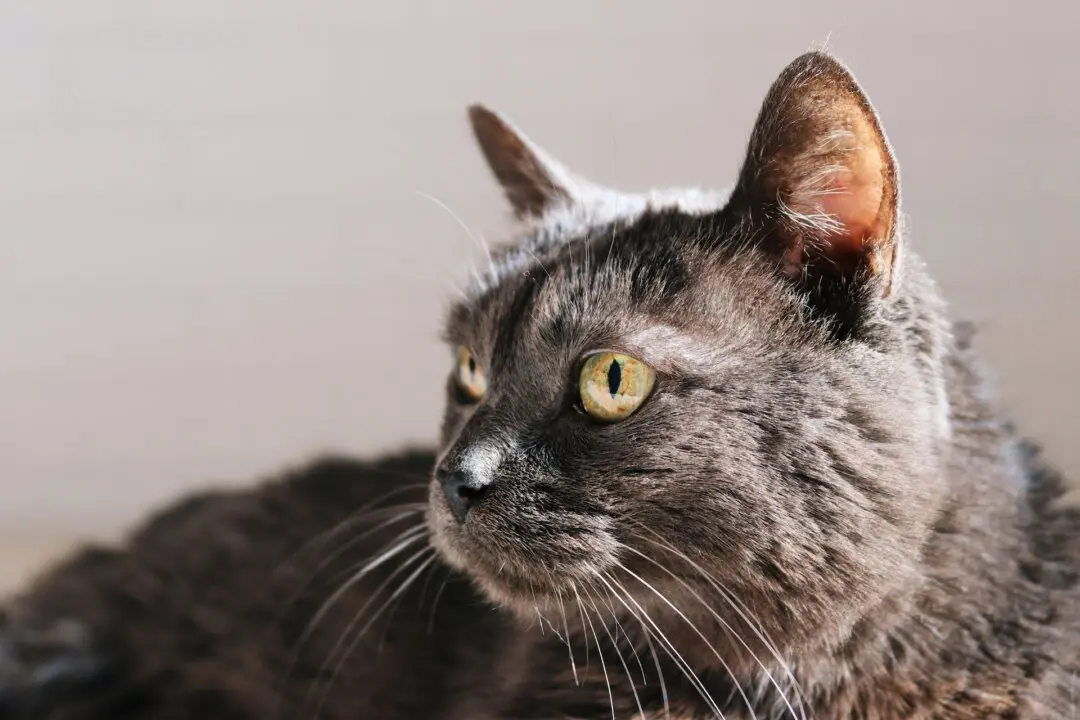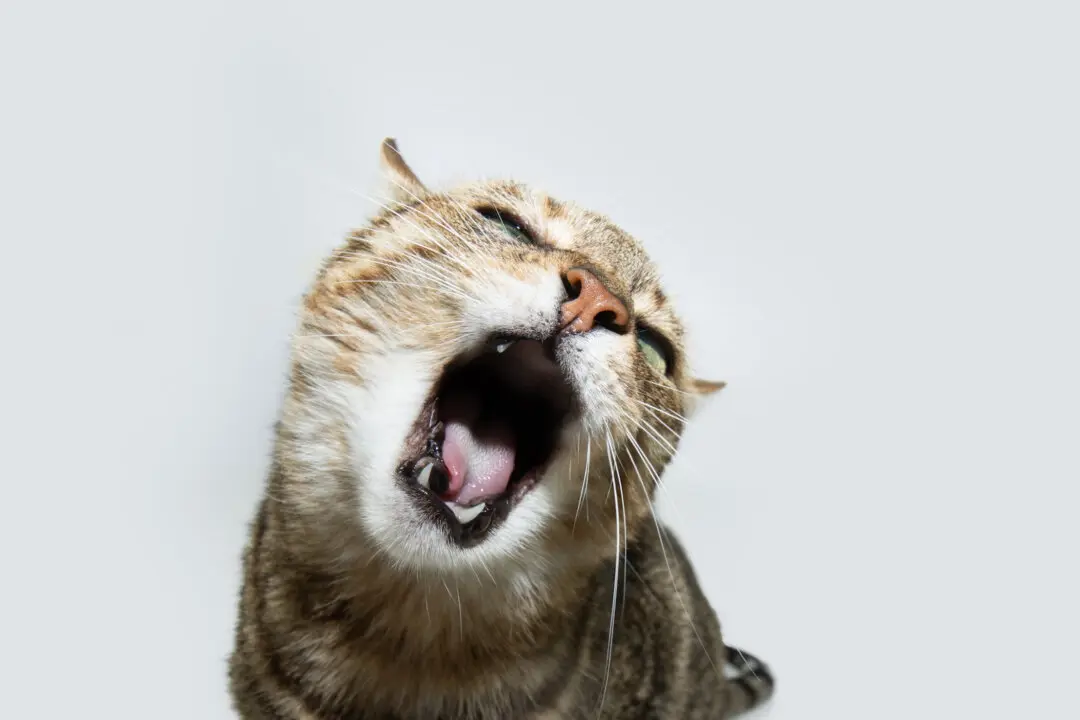Q: I grew up with dogs, but my husband wasn’t as fortunate. We now have a dog—and a toddler who loves to hug him and bury her face in his fur. My husband worries that this is unsanitary, while I say it’s fine because our dog is healthy, takes monthly antiparasitic medication, and sees his veterinarian regularly. Can you help?
A: Researchers did an intriguing study that should help your husband feel comfortable with your daughter’s affection for her dog.





